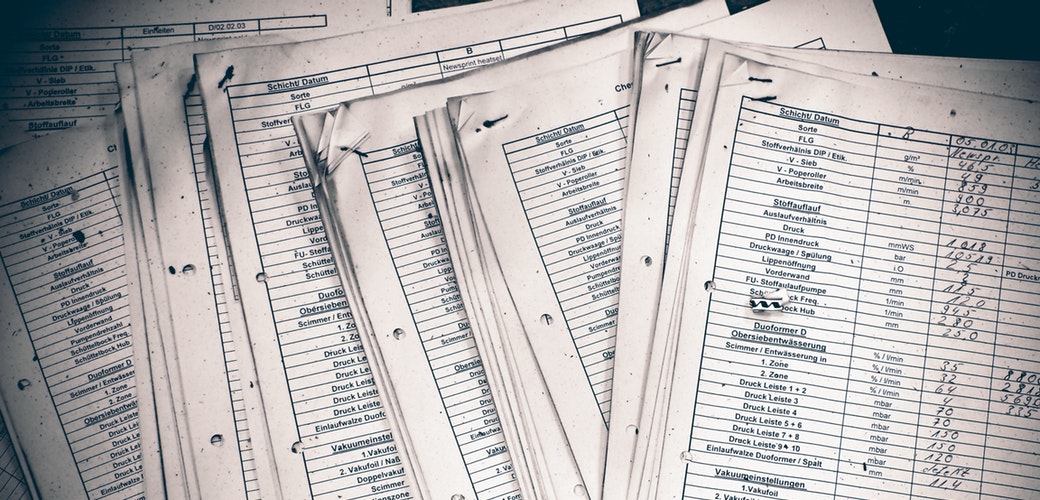Common sense applies: Just because I post this, and you read does not make me your attorney and does not make you my client. Every situation is unique, and you should always consult an attorney when creating legal documents.
Remember, the goal is to conserve as much of your estate as possible to pass on to your heirs. There are three primary obstacles to estate conservation: attorneys, taxes and probate. We have discussed the challenges of attorneys and taxes, and now we want to discuss the challenge of probate.
What is probate?
Probate is simply the legal process of transferring assets from a deceased owner to that owner’s heirs. To understand why this is a challenge, you will need to understand how your assets are distributed after you pass away.
Therefore, I suggest you undertake this exercise: make three columns on a sheet of paper. In the first column, list all the assets that you own jointly with your spouse or another person. In the second column list all the assets on which you have designated a beneficiary. These would be things like life insurance, IRAs, and 401(k)s. Lastly, in the third column, list all the assets which you own only in your name.
Each column has a unique transfer procedure if you pass away.
Asset transfer procedures during probate
Jointly owned assets
Assets in the “jointly owned” column will belong to the surviving joint owner when you die. This happens automatically, by operation of law. There is no need for special instructions in advance. And, there is minimal (if any) paperwork for the surviving joint owner to complete.
A simple example here is your home that you own with your spouse. Both of your names are on the deed, and you are probably identified as “husband and wife.” This is a form of joint ownership, so that if either spouse passes, the home belongs to the other spouse instantly and automatically. Joint ownership is a very efficient way to transfer assets upon your death.
However, there are drawbacks that must be considered. Property that is jointly owned is subject to the desires and problems of the other joint owner. For example, parents add their son to the deed for their home, hoping that it will pass efficiently to him when they die. But if the son experiences a divorce, a bankruptcy, or is entangled in a law suit, his parents’ home is among the assets that are at risk of the outcome. Worse, if the relationship between the parents and their son deteriorates, the son could potentially force his parents to buy out his 1/3 ownership, or face having to sell the property.
Thus, while joint ownership is very simple and efficient, it is not the right method of estate planning in all instances.
Designated beneficiaries
Moving on, let’s look at the ownership of some other assets. Assets in the “designated beneficiary” column will, when you die, transfer to the person you have identified as the beneficiary. This is due to the contractual nature of the instructions you gave to the custodian of those accounts or the issuer of those insurance policies. Like the “joint ownership” option, there is very little work to be done to establish this transfer. Typically, the company will have beneficiary forms for you to complete when designating the beneficiary. Then there will be claim forms for your beneficiary to complete when you pass away. The process is very straight-forward. It can typically be completed by the beneficiary working directly with the company.
A further advantage is that the person named as the beneficiary does not have any present rights to the asset. That means there is no risk of loss due to the beneficiary’s circumstances or change of attitude. Further, you can change the beneficiary whenever you like.
The limitation of this type of transfer is that it does not readily apply itself to all assets. Life insurance, IRAs, 401(k)s, other retirement accounts, and most annuities all have the beneficiary designation process built into their design from their inception.
There are methods to create beneficiary designations for other assets, such as the home or even your car. We will discuss those in a future post.
So, all in all, assets in the “designated beneficiary” column are easy to plan for and easy to administer.
Individually owned assets
The last column contains assets which are “individually owned.” This is the heart of the need for estate planning. If you pass away, these assets have no owner. We thus need to look to the law to know who will own these assets and how they will be transferred.
That will be the in-depth focus of the next post. Until then, don’t hesitate to contact me with questions or concerns you might have regarding estate planning.
Troy


